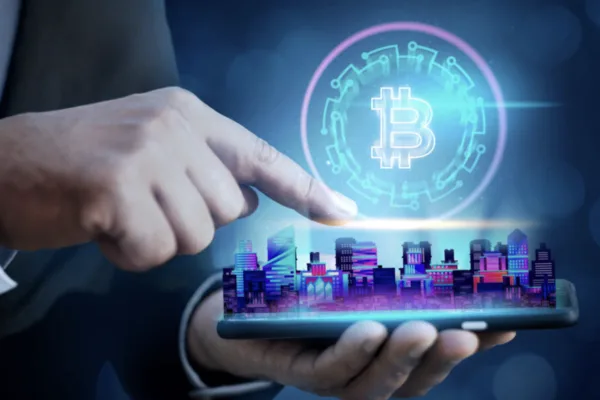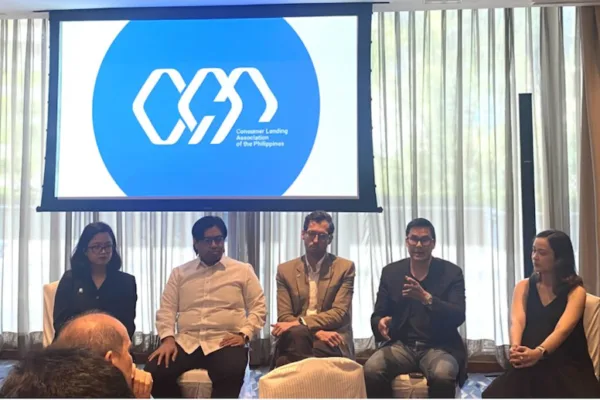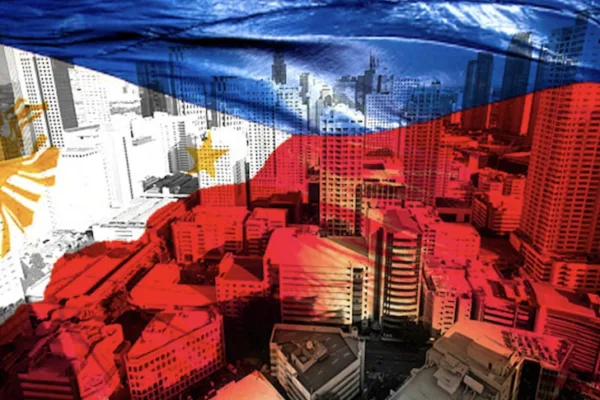by Edielyn Mangol, Reporter
Overseas Filipino Workers (OFWs) have long been the backbone of the Philippine economy, with their remittances constituting a vital lifeline for millions of families and a significant contributor to national economic stability.
In 2024, OFW remittances reached a record high of USD 38.34 billion, accounting for 8.3% of the country’s GDP, thus, underscoring the critical role these funds play in the Philippines’ development.
Today, fintech innovations are transforming the remittance landscape, making the process faster, cheaper, and more transparent — empowering OFWs and their families while fueling economic growth.
Fintech innovations: Speed, cost, and transparency
Traditional remittance methods have often been plagued by high fees, slow transaction times, and opaque processes. Fintech companies are addressing these challenges through cutting-edge solutions such as blockchain-based platforms and mobile wallets with international transfer capabilities.
Blockchain technology, for example, offers near-instantaneous transfers with significantly lower transaction fees. OFWs and migrant workers typically spend around 7.13% of their remittance amount on fees; blockchain can cut these costs by up to 50% while providing secure, transparent transactions that can be completed in seconds.
Despite initial skepticism due to concerns about complexity and fraud, awareness and education efforts are gradually increasing adoption among OFWs.
Mobile wallets like GCash have also become pivotal in remittance innovation. Through partnerships with international money transmitters such as Viamericas, GCash enables real-time remittance from the US and Canada directly to Filipino mobile wallets, allowing recipients to access funds instantly without the need to visit physical outlets.
With 81% of Filipinos now owning a GCash account, this integration is making cross-border money transfers more accessible and convenient than ever.
Economic impact and empowerment
The benefits of fintech-driven remittances extend beyond convenience. Faster and cheaper transfers mean more money reaches OFW families, enhancing their financial security and enabling timely responses to emergencies.
Stories like that of Jelmar Angel Orig, an OFW who relies on GCash for real-time support to his family’s educational and emergency needs, highlight how fintech tools are empowering Filipino households.
Moreover, the increased inflow of remittances through formal digital channels strengthens the country’s financial ecosystem. It promotes greater financial inclusion by integrating more Filipinos into the digital economy, which is crucial given that many MSMEs and individuals still lack access to traditional banking services. This digital transformation supports broader economic growth by keeping funds circulating within the country, enabling investments, and fostering entrepreneurship.
The road ahead: Building on momentum
The Philippine government and regulators have played a supportive role by establishing frameworks that encourage fintech innovation while ensuring security and consumer protection. This regulatory environment, combined with a young, tech-savvy population and rising mobile internet penetration, positions the Philippines as a leading hub for fintech-driven remittance solutions.
As fintech continues to evolve, new opportunities such as cryptocurrency remittances and blockchain-based tokens are emerging, promising even greater efficiency and inclusivity for OFWs worldwide. These advancements not only help reduce costs but also open pathways for OFWs to invest in the Philippine economy, further amplifying their impact.
Empowering every Peso: The future of OFW remittances
Fintech is fundamentally transforming the remittance experience for Overseas Filipino Workers (OFWs), making money transfers faster, more affordable, and remarkably transparent. These innovations are easing the financial journey of millions of Filipino families by ensuring that more of their hard-earned money reaches their loved ones quickly and securely.
This enhanced accessibility and convenience are empowering OFWs to better support their families’ needs and aspirations.

Beyond individual households, fintech-driven remittances are catalyzing broader economic growth and fostering greater financial inclusion across the Philippines. As digital financial services continue to evolve and scale, the powerful synergy between fintech and remittances will not only sustain but strengthen the country’s economic resilience.
This transformation empowers every peso to create lasting impact — fueling development and prosperity for generations to come.








